The Article
YU4 Powered Speakers From Kanto
26th June 2019
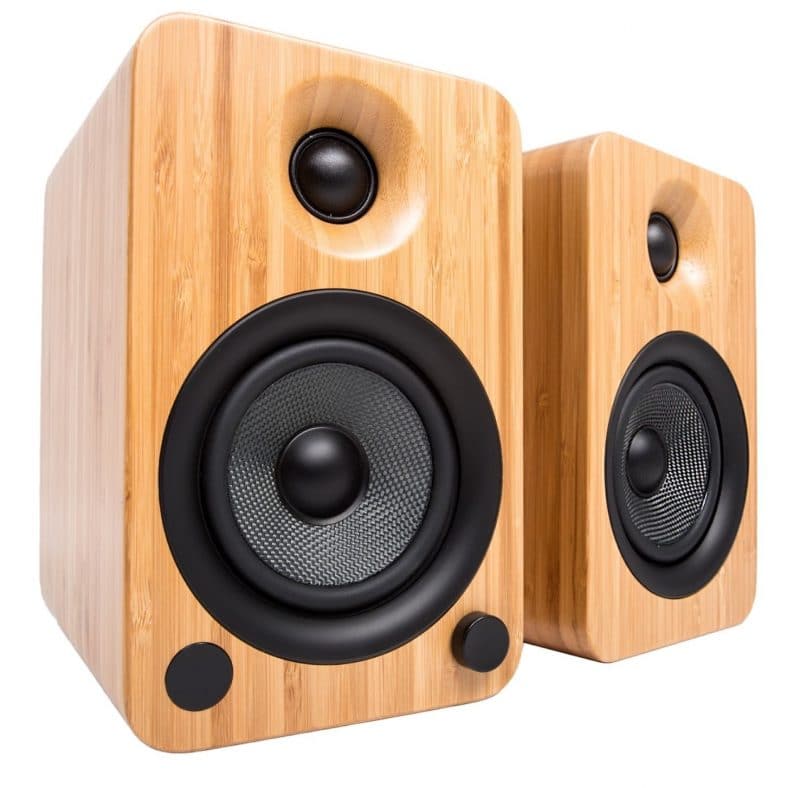
These powered, stand-mount examples also feature a built-in phono amp. Paul Rigby reviews.
They’re very useful things. There’s no doubt about it. The basic notion is crazy and would appear to be the worst design decision you could ever consider but still, on a practical level, power speakers do a job.
Why crazy? Actually wishing to cram one hi-fi component into the same chassis as another is asking for trouble in the form of veiling noise, the like of which will creep from one component to another. Then there’s excess vibration that is a noted result of using a speaker in the first place. This stuff affects the performance of everything else in the same chassis. Daft, that’s what it is.
As I say though, the powered speaker is a great idea if…
If you’re short of cash then any bundled hi-fi component is (generally speaking) going to save you money when compared to buying the same standard of components within their own chassis containers. If you are short of space then stuffing a powered speaker full of hi-fi components is going to dramatically decrease the footprint of the final hi-fi system. Ideal for students, second systems for a bedroom or similar, those living in rather cramped conditions and so on. If you can’t be bothered with buying and fitting cables or are nervous about the same or you hate the messy look of cables per se, then the powered speaker will both save you a job and will look neat and tidy, on a relative level.
More than that, impossibly good designs from some companies out there has actually resulted in a range of pretty decent powered speaker performers, on a sonic level. So how do the YU4 designs fare?
This pair of YU4 speakers features, on the front, a 25mm silk dome tweeter and a 102mm mid-bass unit created featuring Kevlar, included for “strength and rigidity” reasons.
Spanning 4 x 19 x 22cm, the speaker is small but no smaller than many other designs in its class while each speaker weighs in at 3.2kg. Inside is a 70W Class D amplifier. There’s a source/volume/stand-by selector knob on the front too that can be rotated and pushed in for source selection. You’ll also see a black circled sensor which shines with an appropriately coloured light relating to any particular condition: white is ‘power on’, yellow is ‘stand-by’ (the speakers power down after 15 minutes of inactivity) and blue relates, appropriately enough, to Bluetooth. Pushing the knob inwards cycles through the input sources one at a time: RCA, Aux, Opt1, Opt2 and then Bluetooth.
The remote provides access to tone controls and also CD-type play controls for the attached Bluetooth device.
On the rear, apart from the binding posts, are the following inputs: 3.5mm mini-jack, RCA with phono switch, a pair of optical TOSLINK sockets (why no Coax?) and Bluetooth 4.0 with aptX. There’s an IEC power socket and I would recommend upgrading the included kettle lead as soon as you can. Outputs include Subwoofer and a USB Charge 5V 1A connector. In the box you also receive little stick-on rubber feet, a connecting wire to run from the master to the slave speaker and a 3.5mm auxiliary cable.
If you want to use the speakers as near-field devices, Kanto does supply stands that angle the speakers upwards to 16 degrees. I wasn’t supplied with these so I’m afraid I could not test them.
It’s a shame there’s no USB input to take a USB stick music source. Instead, the USB charging port – included to charge your phone, for example – betrays the lifestyle market that the YU4 wishes to occupy. It’s this one feature that stands out like a sore thumb. That is, the YU4 was built under a restricted build budget and instead of including a standard USB input or improving the sonic quality of another component, Kanto decided to include a USB charge port instead.
Before we begin the sound tests, I must also report that I ran all of the tests with the tone controls disabled. Engaging them results in all frequencies sounding somehow false and plastic.
SOUND QUALITY
I began by hooking up my Astell&Kern AK120 to an optical port of the YU4 and played Andrew Gold’s Spence Manor Suite album track, Can’t Help Forgiving You, ripped from a CD at 16bit/44.1kHz.
My first tests were undertaken using the YU4 speakers as standard hi-fi speakers. As opposed to near-field speakers. That test would follow later on.
My first impression of the YU4 speakers was that they tended to live life in the midrange. Bass was there to a degree but that mainly consisted of upper bass frequencies. I wouldn’t blame a small chassis for this either, I’ve heard other speakers of a similar size that provide more lower bass response. For the YU4, tonal balance…isn’t really. The majority of the frequencies are pushed upwards towards that midrange position. That said, there’s no obvious overarching, consistent nasties here in terms of edgy upper mids or treble. In fact, both of these areas offered plenty of detail and were fairly balanced. I say ‘fairly’ because there were one or two moments on this track which did produce a slightly strident response around the upper mids.
This song has a steady, trudging along a country path kinda beat. There’s one point where the strumming guitar, drums and tambourine coincide. So what you get is strum-strum-bam! Where the guitar strums twice and the drum joins in on the final strum to add a bass-beat. On that ‘bam!’ beat, the tambourine is also struck. So, if you were in the studio watching the artists you’d hear that final beat being negotiated by the guitar, drums and tambourine, all at once. The final combination of guitar/drums/tambourine produces quite an intense noise that, no doubt, had the VU meters flickering upwards in the studio. It’s at this point that the YU4 speakers found it hard to cope and the sound was almost metallic. Just for a moment. Then it was gone and everything returned to normal. That said, because the tonal balance was pushed upwards, the effect on the ears was notable.
Listening to a slice of Trigram by Heo Dae-uk at 24bit/96kHz I noticed that this dramatic piano piece depended on reverb tails and space to make its point, just as much as the actual free-form classical delivery. Again the midrange emphasis lost some of the resonant grandeur of the piano chassis, that booming vibration from bass notes was absent, while upper mids offered a touch of emphasis.
There was still much to like, though. Because the sonic frequencies were levered up a tad, the detail was plentiful, fast, agile and certainly dextrous. The music from the YU4s could resemble a hummingbird in action. Such was the almost athletic nature of their performance.
Upper midrange resonance was focused with superb transient detail. Notes started and stopped with great precision. Bass was also present to some extent, of course, although it was upper bass that I was hearing. That too was nippy and full of energy, giving the music momentum and a sense of vitality.
It was at this point that I decided to wind in the YU4 speakers (at least in terms of distance) and listen to them in a near-field environment. Desk-top speakers, speakers for a bedroom, speakers for use either side of a computer: that kind of thing.
And that’s where these speakers came to life. As near-field speakers their performance improved dramatically. Bring them near to you, lower the volume, position them to create a nice stereo image and they sound lovely. OK, bass was still rather shy and it would have been nice to have had more dynamic range to add flavour but, in the near-field configuration, bass was enhanced enough so that the overall tonality was much improved with the bass guitar being much more involved than before and drum strikes formed a useful grammar throughout the song.
What really hit me at this point though was the superb soundstage arrangement. It offered a real 3D effect that didn’t depend on having the tweeter at ear height to work, ideal for any near-field speaker. Hence, for a desk set-up, the YU4s were still able to create a 3D, layered and informative soundstage. If you are able to lift the speaker’s tweeters to ear height then the detail will be further enhanced sure but the positioning remained flexible. A good thing.
Testing the Bluetooth option via my iPhone 8 and playing Marvin Gaye’s Mercy Mercy Me, I was pleased to hear a general level-headed performance without the typical Bluetooth edge and clinical response. This lossy file did experience a typical reduction of definition and dynamic reach but it remained listenable with enough detail on offer to serve well as background music while you’re doing other things.
Finally, I plugged in a Rega RP1 into the rear of the YU4’s built-in phono amplifier and played Nancy Sinatra’s It’s Such a Pretty World Today from Country, My Way (Reprise).
Vinyl play was good. Although not particular exciting with a rolled off upper midrange and veiled bass response. Yet there was still lots of admire. For example, all frequencies were disciplined and in order with no treble pinching, midrange barking or bass blooming. There was a slight spotlight on the midrange but nothing to cause real offence. Having a phono amplifier in the active speakers won’t aid audiophile listening but it’s a quick and compact method of listening to vinyl, especially on a desk environment.
CONCLUSION
For general, stand-mounted hi-fi use, hanging off the end of a hi-fi system, the YU4s are usable but some may find that the design offers too many sonic compromises. They do struggle a tad in that configuration. Instead, see the YU4 design for near-field use only. When used in this way, the YU4 speakers perform very well indeed providing a complex soundstage and enough detail to engage and delight the ear.
KANTO YU4 POWERED SPEAKERS
Price: £290
Website: kantoaudio.com
TO BUY CLICK BELOW:
USA – https://amzn.to/3kWPW9u
EUROPE – https://amzn.to/37YRuvU
GOOD: near-field performance, soundstage, finish, feature set
BAD: listening room performance, bass
RATING: 7
[Don’t forget to check out my Facebook Group, The Audiophile Man: Hi-Fi & Music here: www.facebook.com/groups/theaudiophileman for exclusive postings, exclusive editorial and more!]
REFERENCE
Rega RP1 Turntable
Rega Brio-R amplifier
Spendor S3/5R2 speakers
Tellurium Q cabling
QED Reference Quartz optical cable
Blue Horizon Professional Rack System
Harmonic Resolution Systems Noise Reduction Components
All vinyl was cleaned using an Audio Desk’s Ultrasonic Pro Vinyl Cleaner

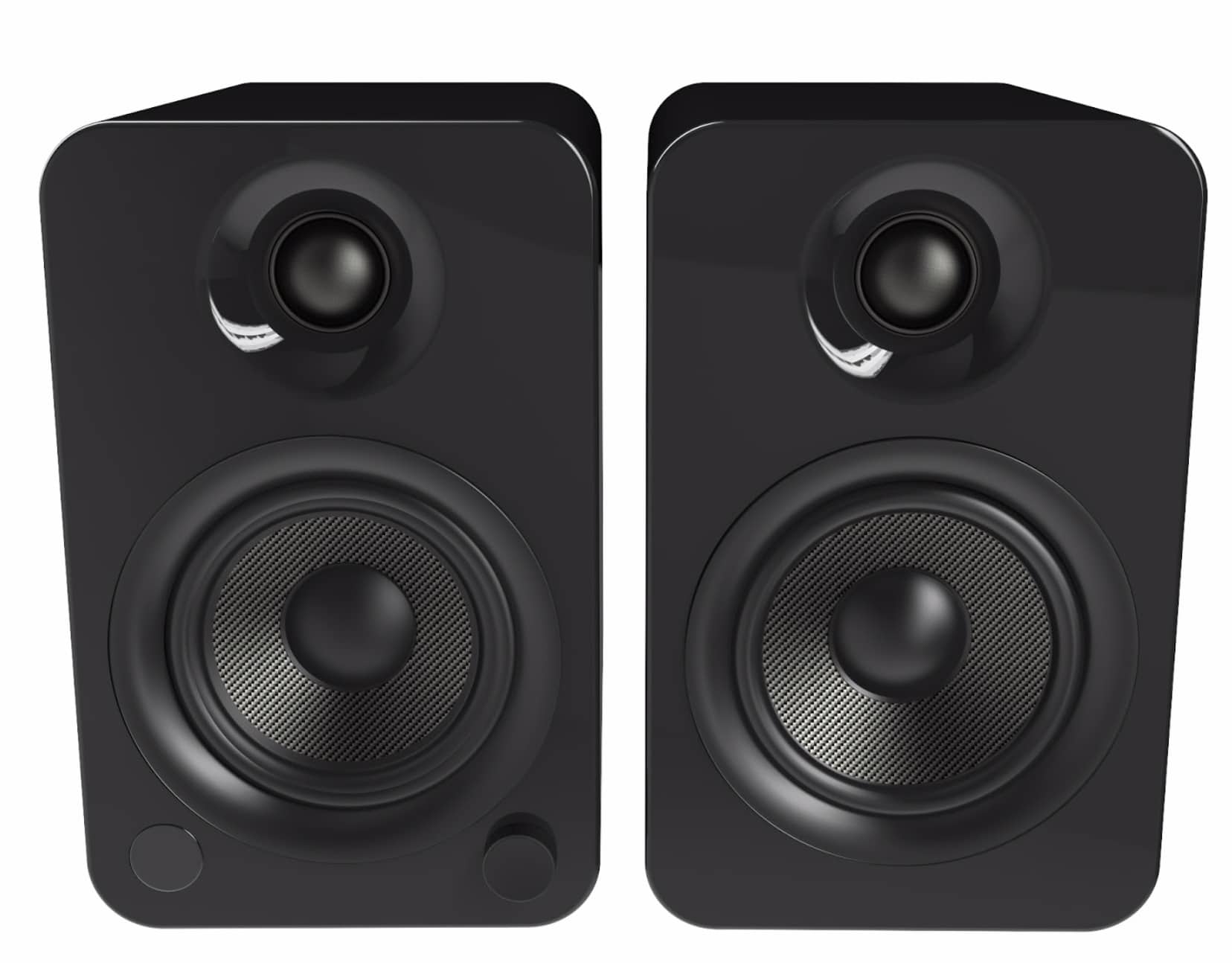

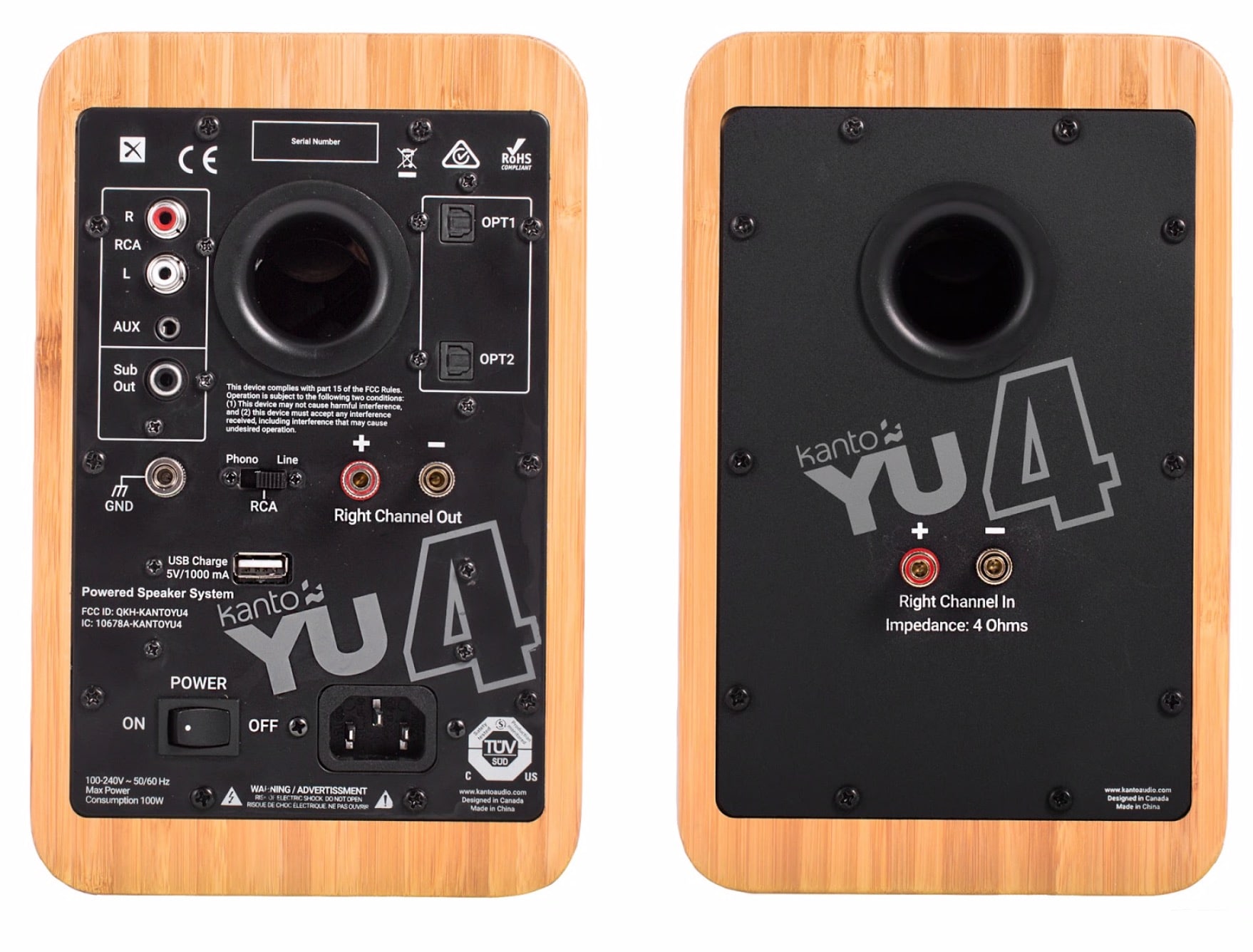
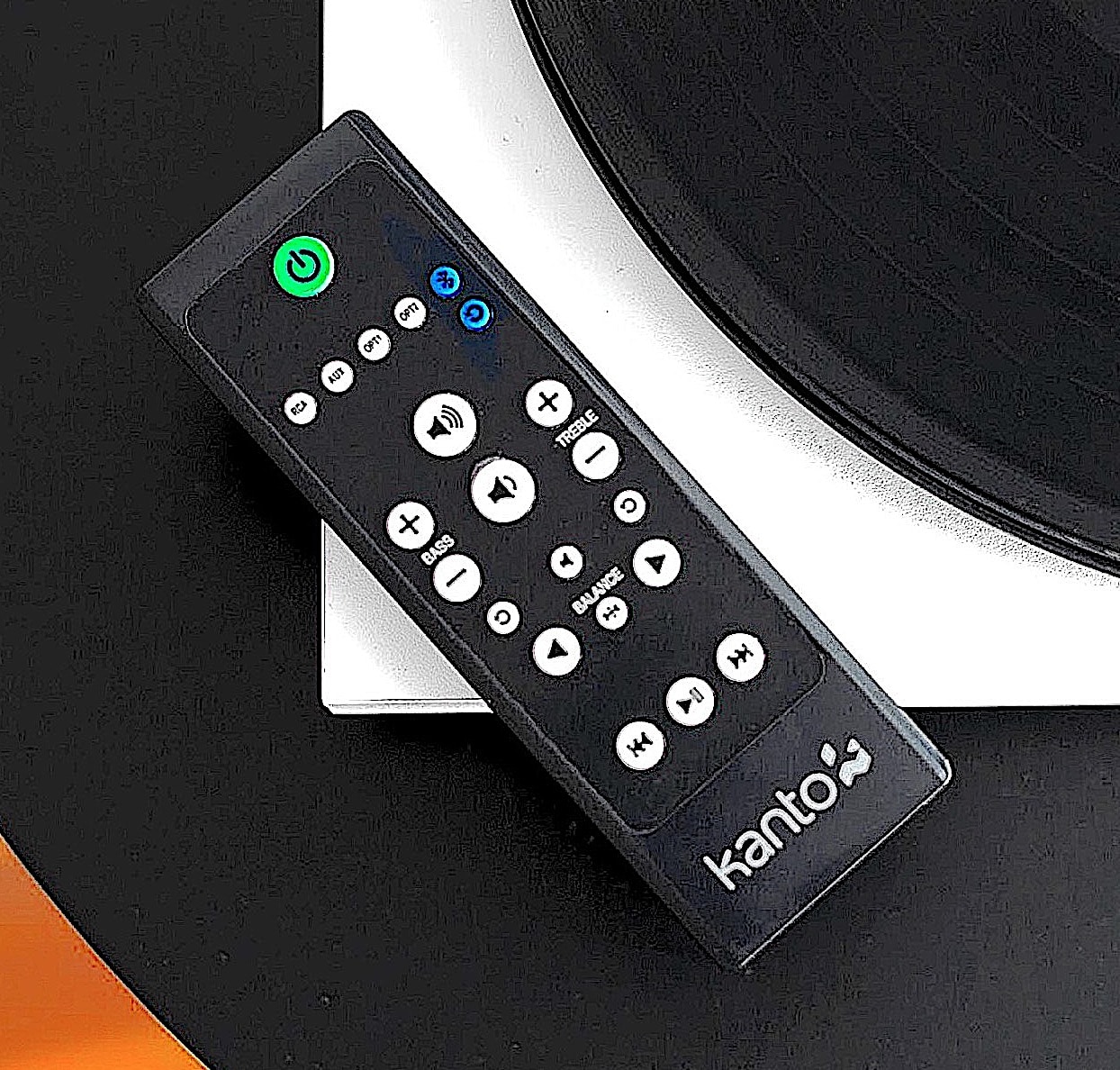
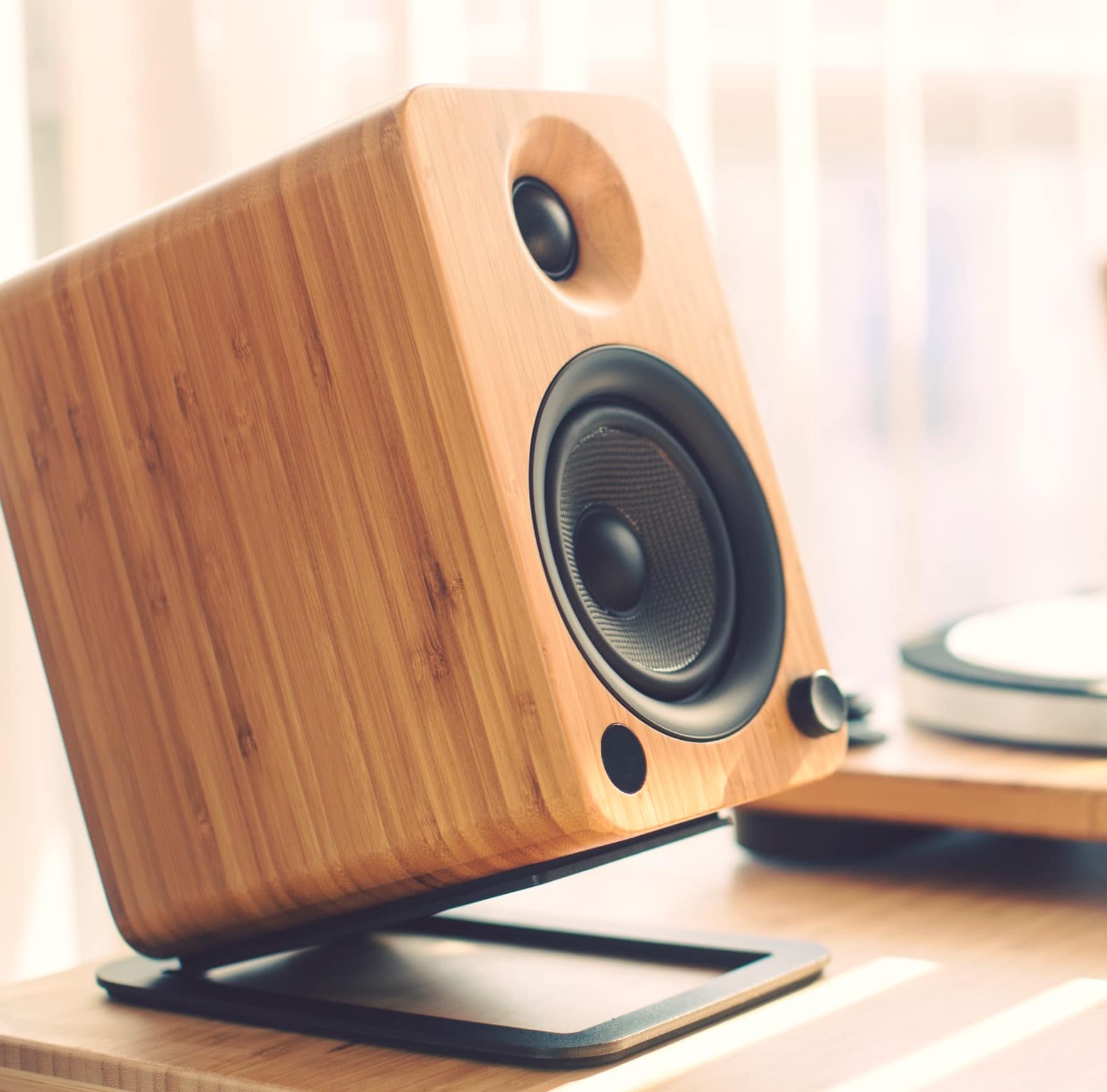
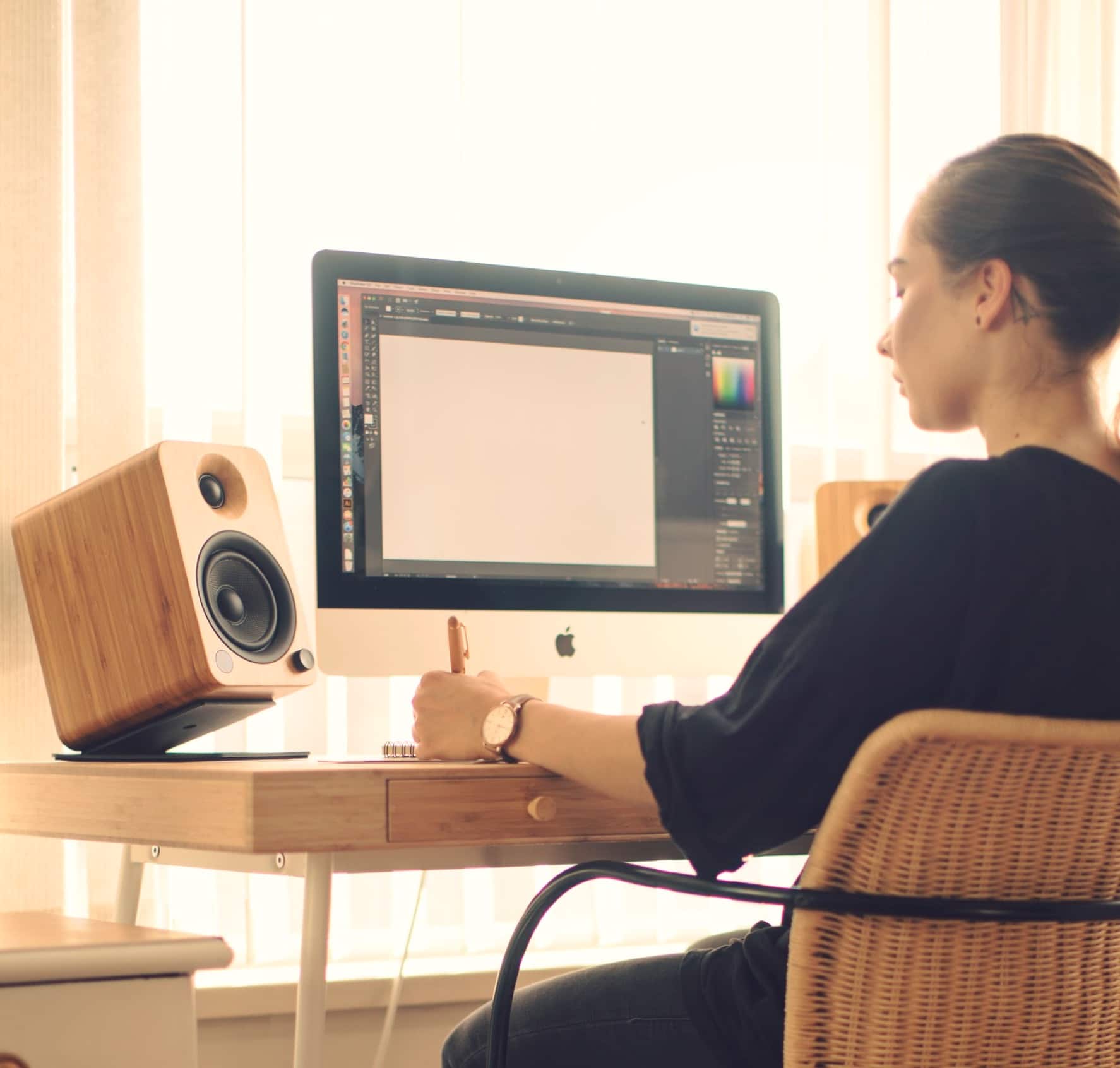

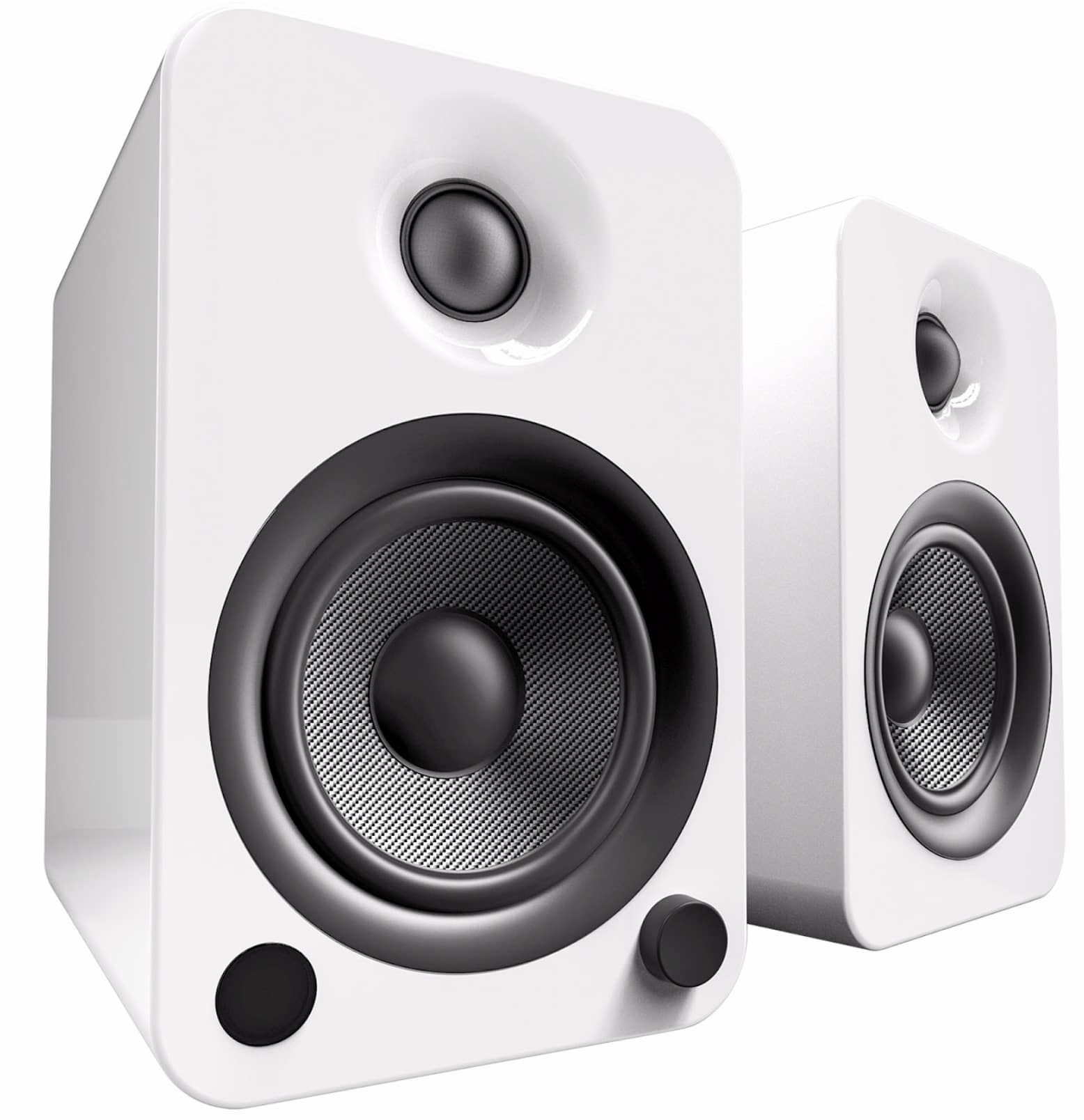
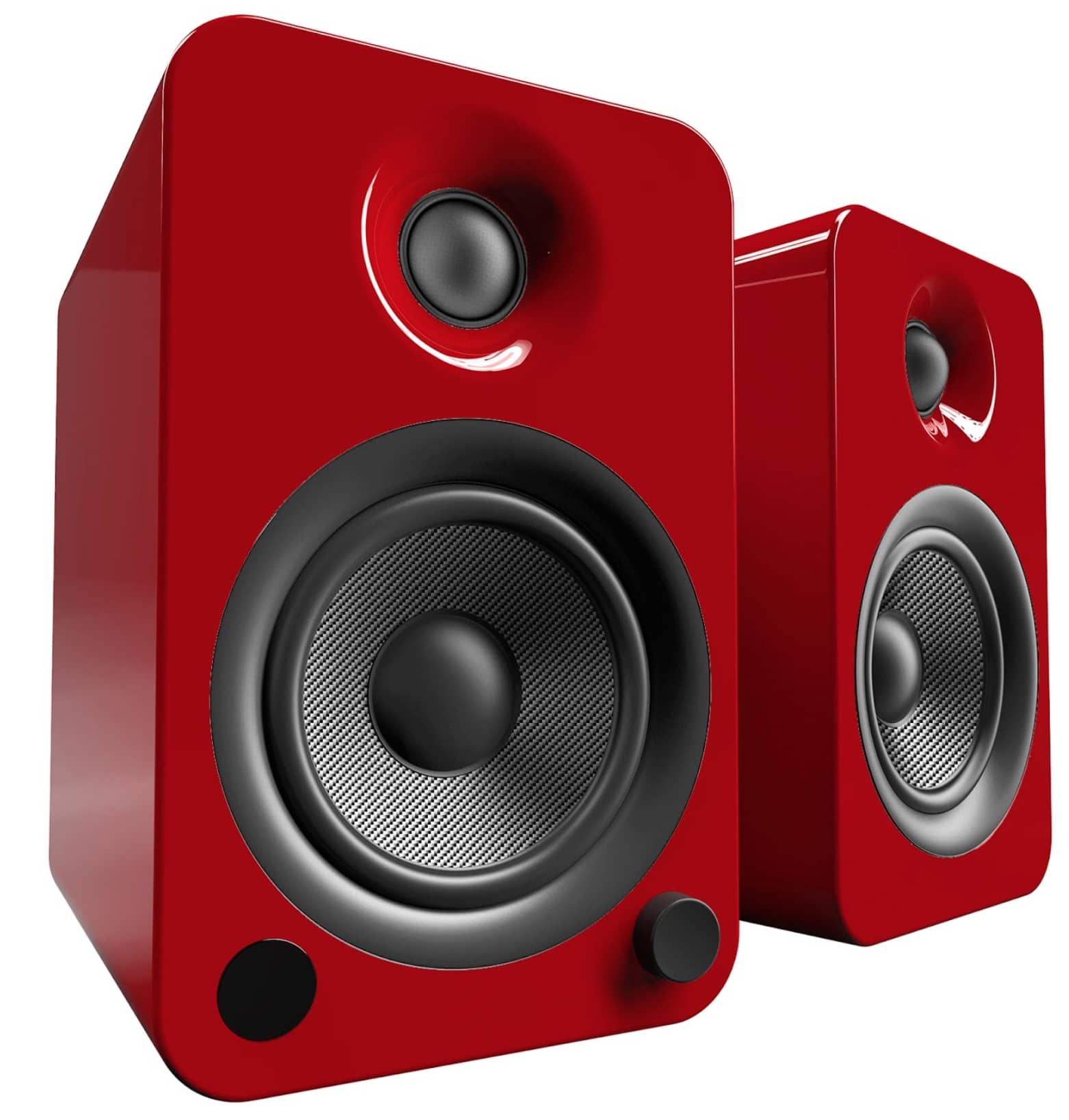
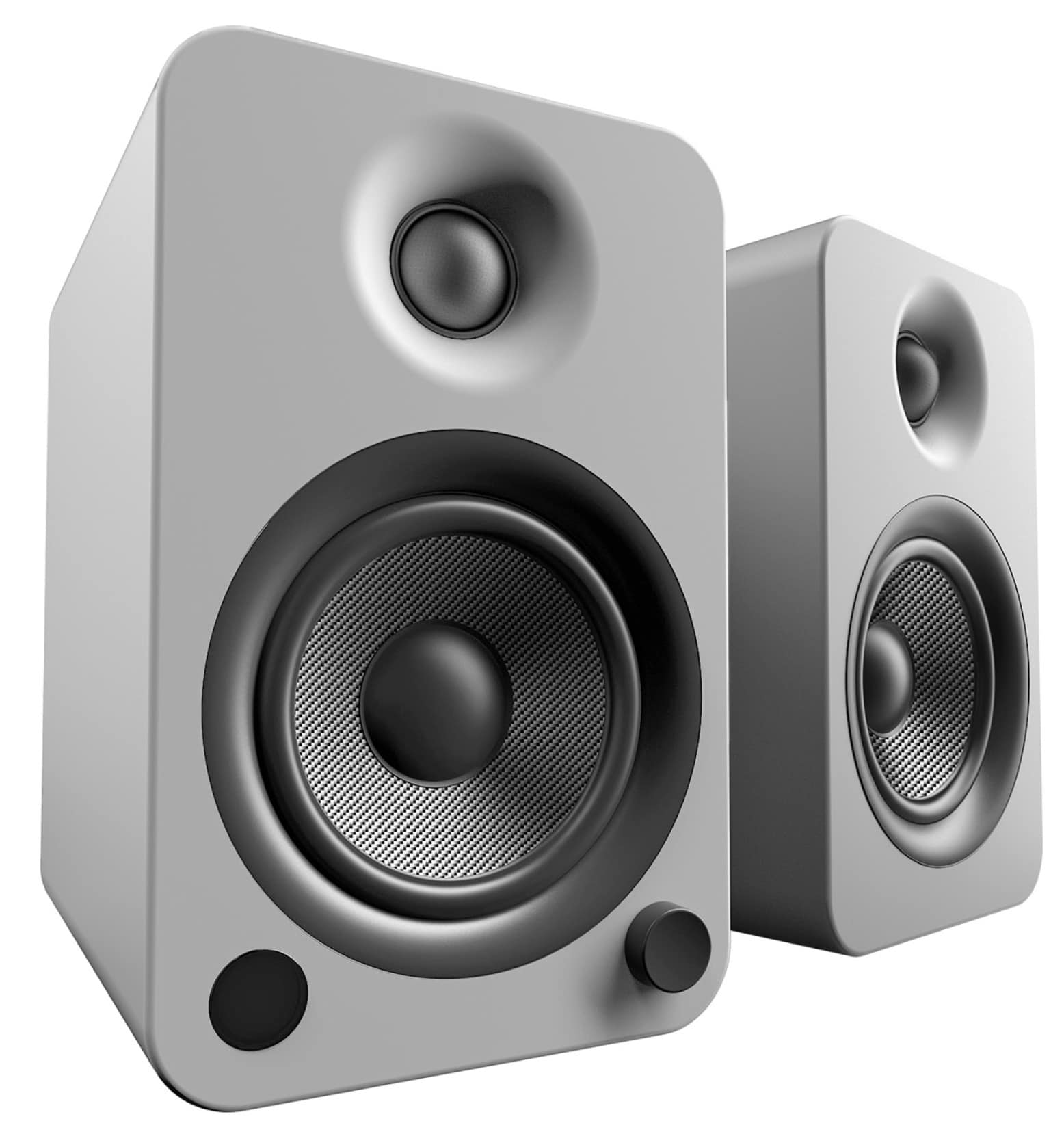
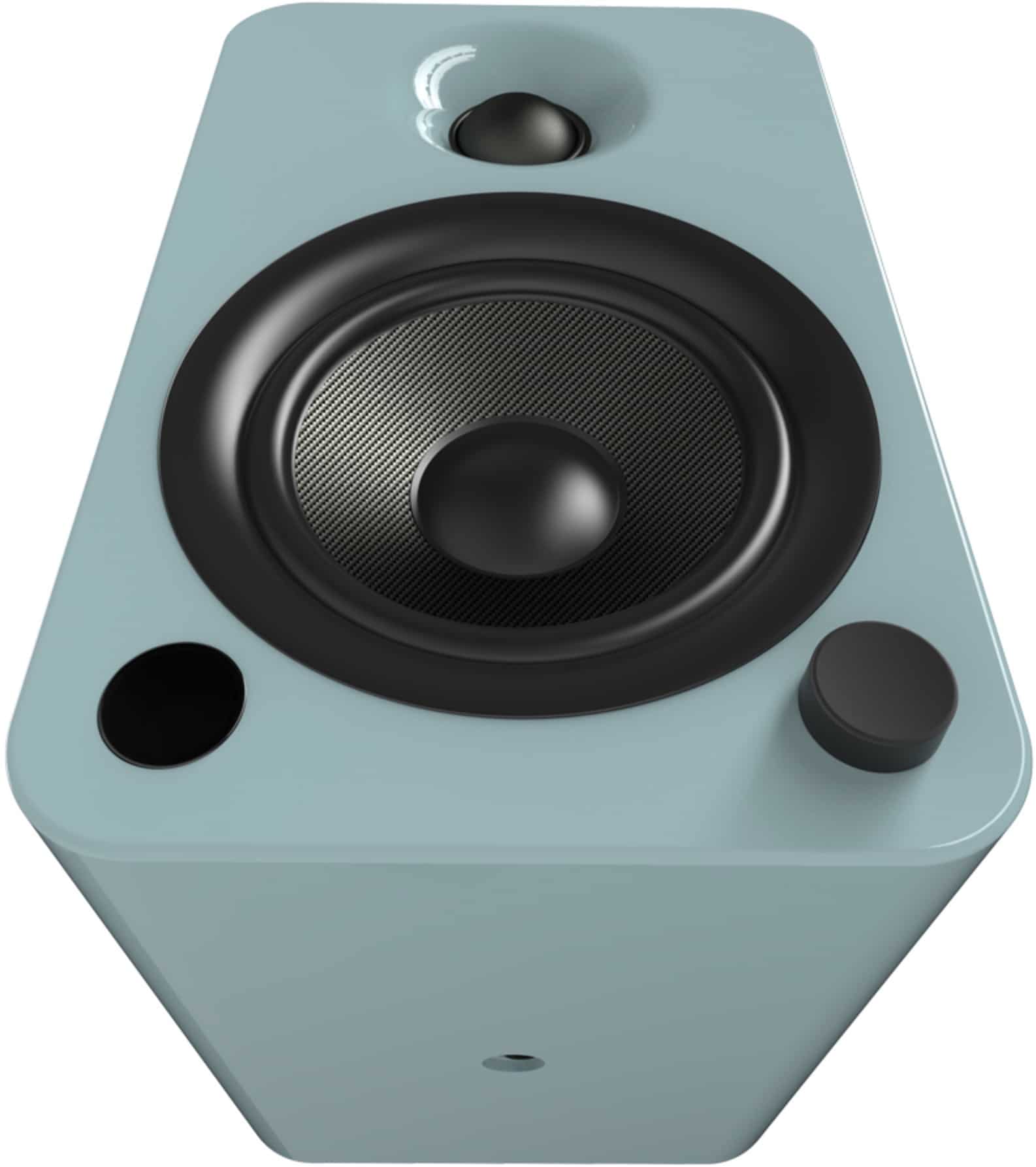
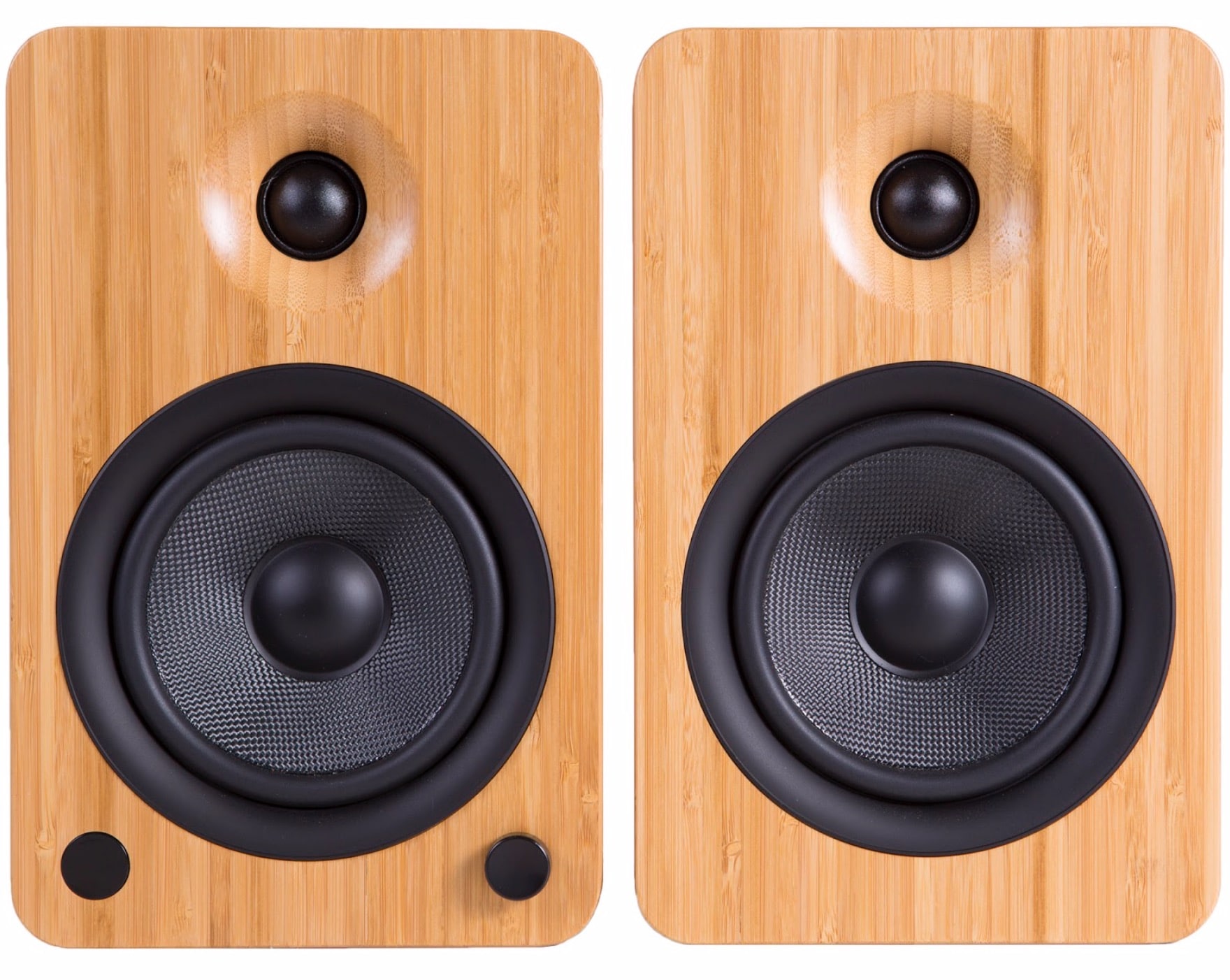

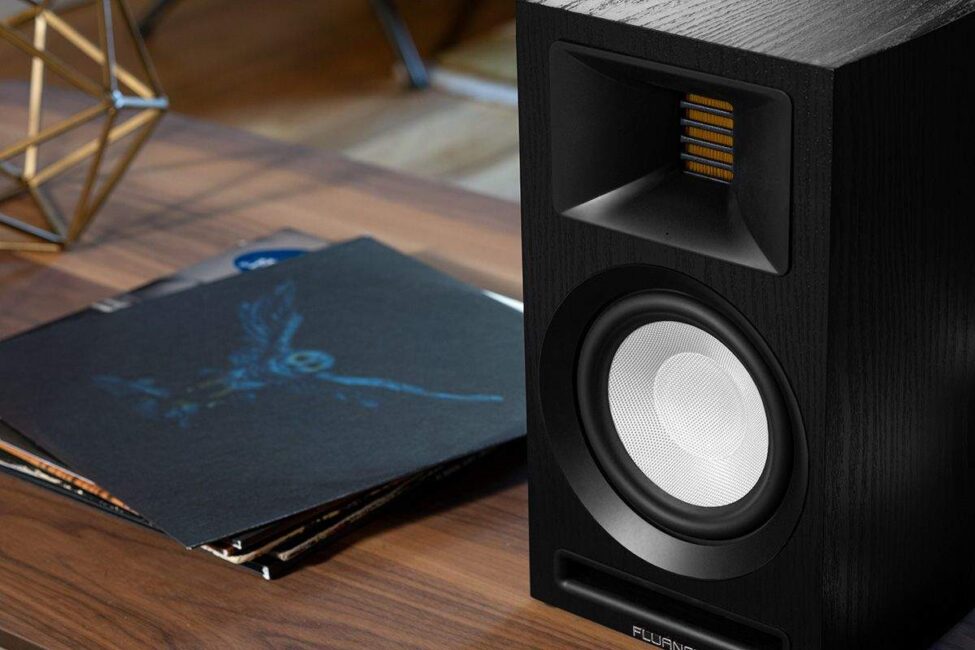

Hi Paul. Comperatively just check out made in Germany “Quadral Blue XL” for the review – you should be in a small shock what they can offer…They’ve been kinda new in Germany and hot selling since couple of months. I wonder what you think.
Regards,
David
Thanks for the tip, David.
Hi you have a lot of understanding. I need a set of mini speakers for a digital piano. Can u recommend a pair? I’m thinking of audio engine a2 . How about these kantos? I do own large speakers but I want a nice portable option to.
Thanks for your question, Charlie – The A2 speakers are good and, if you like the look of those, by all means go for them. If you’re looking for near field use, and I guess you are if you’re playing piano, then the YU4s would serve you well. I prefer them for near field use, to be honest.
Hi,
Why are those speakers so familiar to the Audioengine speakers? (A5 )
Did you compare those?
I wanted to review Audioengine’s gear but have been unable to, thus far, Laszlo. I even occupied their [empty] room at a recent-ish hifi show and waited for a company rep to turn up for about 15 minutes…but he never did. Maybe in the future.
Dear Paul,
Great review. I am stuck between these and Yamah HS5, what would you suggest?
I will be playing vinyl, mostly techno, hip hop, soul, Balearic and some funk.
Best,
Nick
I’d lean towards the YU4s, Nicholas.
Thanks Paul, could you explain why?
Well, I haven’t formally reviewed the Yamahas although I have heard them informally in a ‘corporate’ setting, as it where and know people who have used them so, yes, my comments should be taken with a certain pinch of salt. My thoughts are that they are a bit too studio for a home hi-fi, lacking in midrange insight. The YU4s are not perfect, not by a long chalk and there’s better options if you have the cash but I’d still go for the YU4s.
Thanks Paul 🙂
Just wanted to add I will be using these speakers primarily for mixing vinyl, secondly for general lounge use.
Best,
Nick
Hey Paul
I know you reviewed the XTZ Tune 4 a while back already (2016) but from memory how would you say they compare to these Yu4? Of note, the Tune 4s are normally pricier but are currently at a discounted price, hence the question.
I’m after small versatile powered speakers for my desk which will be primarily fed from my computer (analog and/or USB) or from my phone via Bluetooth.
Many thanks in advance!
Blimey, yes, I did Clement. Going back a bit that. I’d opt for them actually, the Tune 4s. Great value for money.
Hi, Paul. I have the big brother to these, the YU6. The only thing I find lacking in them, is the lack of a headphone solution. Can you suggest a headphone amp that could sit between my turntable and the YU6s that would meet my ‘phones need and act as a phone pre-amp? I currently use the phono stage built into my Teac turntable in preference to the YU6’s phono stage.
Thanks!
What sort of budget do you have please, Iain?
Maybe around the $200 mark, Paul.
Maybe around the $200 mark, Paul.
As you’re in the US, Iain (is that correct?) I would look at a suitably-priced example from Schiit. It offers good value head amps for that price.
Hi Paul,
I’m interested in either the Kanto YU4’s or the Klipsch R-41PM. Although a tough questions, which ones would you recommend for regular hifi music listening? I would also be looking to pair these with a 10” woofer of some kind.
Looking forward to hearing your opinion on this.
Thanks,
Paul
Hmmm, probably the Klipsch.
Hi Paul, sorry to resuscitate this old article. I’m deciding between these and the Ruark Audio MR1 MK2. Have you heard those? Would you be able to give me your opinion on which I should get? They’ll be used in near-field listening, probably through Bluetooth but not exclusively. Would the Class AB amplifier make any difference in the Ruarks?
Thanks!
Nicolas
No worries at all, Nicolas – nothing on this site is ‘old’ per se, everything remains up for discussion, even if the review was completed years back.
I haven’t listened to these particular Ruark speakers but have reviewed their powered models in the past and like them. I would probably lean towards them too – although I say this purely based on past performance reviews so take this advice with a pinch of salt.
And if you’re looking to introduce an external amp then I wouldn’t look at powered speakers. I’d grab a pair of passives, that’s a whole different direction.